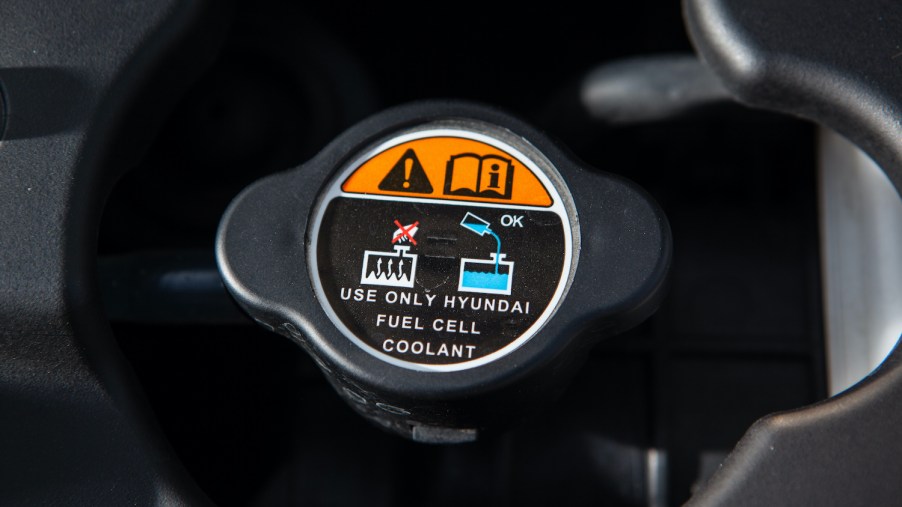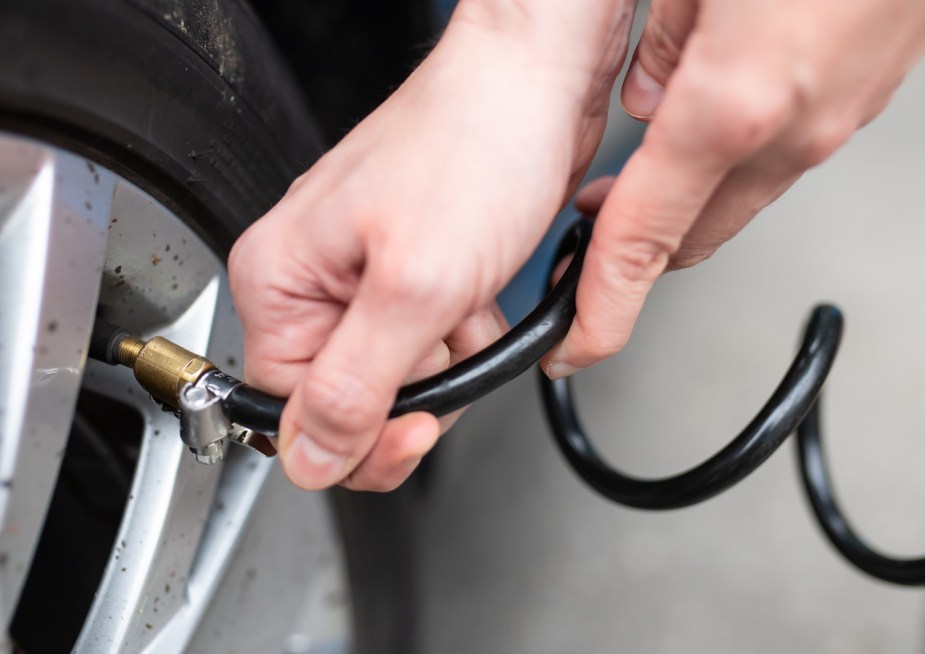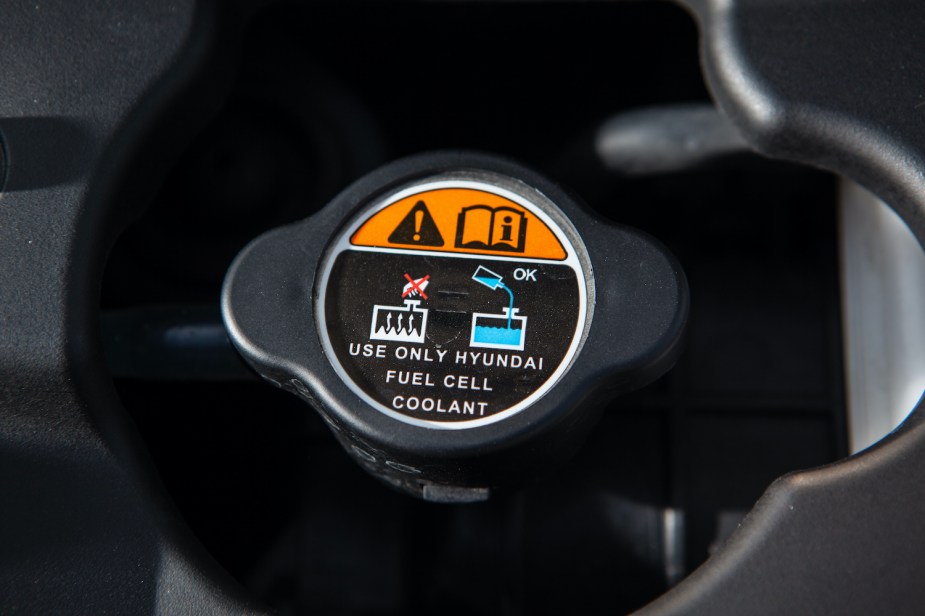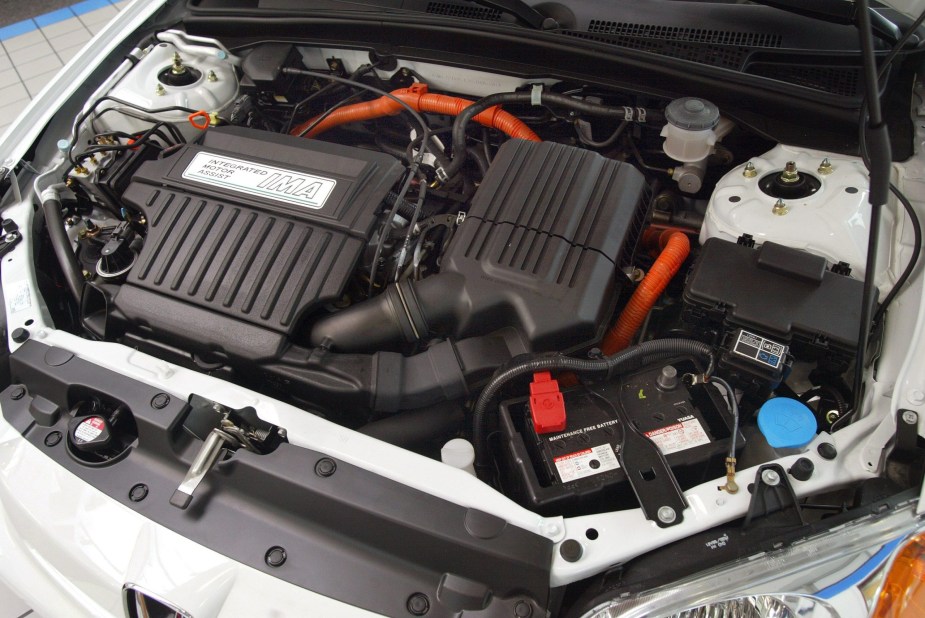
5 Steps to Maintain A Car That Isn’t Driven Often
Even if your car doesn’t see a lot of miles, essential car maintenance is still something you should prioritize. A car that doesn’t get driven often has its own set of potential problems from sitting. So, if you’ve got a fun weekend car or work from home and don’t drive that often, here’s a set of tasks to keep up with to keep your lightly driven car in tip-top shape.
Drive the car at least once a week

Consumer Reports marks this as the most essential bit of maintenance for a vehicle that isn’t driven often.
Certainly, you’ve heard of people who keep a car in storage for years and go out to start it and let it run for a bit periodically. However, while that does benefit the engine, cars have an amassment of parts from end to end that benefit from regular use. So, as long as the weather isn’t holding you back, you should drive the car weekly even if it’s just a 10-minute ride around the block.
Driving the vehicle ensures that the battery gets an adequate amount of charge from the alternator. Additionally, all of the suspension components that are supposed to move get a chance to do so. Things like wheel bearings, brake caliper pistons, and other components that could potentially seize can benefit from weekly use, too. Finally, this can keep your tires from developing flat spots.
After all, there’s nothing worse than trying to take your car out for a spin and realizing something’s broken.
Keep an eye on tire pressure

Long-term storage can be extremely taxing on tires. As mentioned before, leaving the tires sitting in one spot can cause them to develop flat spots. However, the chances of your tires developing flat spots compound rapidly if the tires lose air.
Sitting on a flat completely ruins a tire in most cases. So, when doing your weekly drive, check all four tires for proper inflation. If you can’t get the car out for a drive for an extended period of time, it’s not a bad idea to jack the car up and spin the tires, so they don’t sit on the same spot for weeks on end.
Check your fluids, hoses, and belts

Regardless of mileage put on a vehicle, oil and other fluids can still go bad over time. So, it’s best to check the lifespan of the oil in your vehicle. If it’s going to go beyond the recommended lifespan in months while in storage, it’s in your best interest to change the oil even if you haven’t put a ton of miles on it. Do keep in mind that many cars don’t have the short-term oil change schedule that they used to, though. Refer to your owner’s manual and oil manufacturer specs to determine when it’s necessary to change it.
Additionally, coolant and windshield washer fluid levels should be consistently checked when in storage.
Finally, rubber is very susceptible to dry-rotting over time. So, it’s imperative that you keep an eye on engine accessory belts and hoses. Additionally, if your engine has a timing belt, it’s not a bad idea to inspect that from time to time, too.
Use a trickle charger to keep your battery healthy

Undoubtedly, the most common issue to face after storing a car is a dead battery. It’s quite annoying to attempt to start your car only to find that the battery is dead. Depending on how old your battery is, you might be surprised how quickly it can die in storage.
So, investing in a battery trickle charger like a Battery Tender is a great way to prevent running into this issue. Even if the car is stored outside, running an extension cord with the battery tender under the vehicle’s hood is a good idea. After all, car batteries are quite expensive.
Protect against insects and rodents with a car that isn’t driven often
You’ve probably seen or heard about it a million times. A car that isn’t driven often gets the hood popped open, and there’s a rat’s nest sitting beside the engine. Often, torn-up pieces of air filters, wiring, and under-hood upholstery make it up, too. If not rodents, there are plenty of cases where stored vehicles become a safe haven for spiders and other insects.
This one can be tricky, especially if your car is stored outside. Regularly inspecting the vehicle for these creatures and setting traps is about all you can do. If you run across spider webs or nests, get rid of them as soon as possible.
Overall, keeping these five things in mind when it comes to long-term vehicle storage or a car that doesn’t get driven often will ensure your vehicle stays in good shape!



